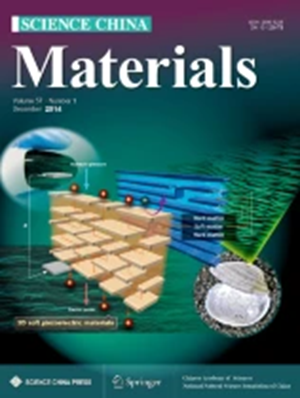Bamboo-like amorphous Ni(OH)2 nanotubes wrapped Cu nanoparticles with a confined geometry for CO2 electroreduction to ethane in a flow cell
Abstract
It has made significant progress in catalyst and reactor design for commercial current densities in CO2 electroreduction (CO2ER). However, these catalyst systems have rarely been applied for a C2 gas product of ethane due to its commonly inferior selectivity relative to other C1 and C2 products. Herein, bamboo-like amorphous Ni(OH)2 nanotubes wrapped Cu nanoparticles composite (Cu NPs@a-Ni(OH)2 NTs) is constructed for selective CO2ER to ethane in a flow cell. The unique Cu NPs@a-Ni(OH)2 NTs structure provides a confined geometry to improve the adsorption of the reactive species. The interface of Cu NPs and a-Ni(OH)2 NTs is stabilized by generating some NiOH species. The produced Cu@NiOH interface enhances the activation of CO2 to *C*OOH and strengthens the adsorption of *COL on Cu site for more *COH formation and its dimerization for final ethane production. Meanwhile, amorphous Ni(OH)2 nanotubes promote water dissociation for the hydrogenation of carbonous intermediates, contributing to ethane production. The synthesized Cu NPs@a-Ni(OH)2 NTs can reach a Faradaic efficiency of 48.3% and a partial current density of −226.7 mA cm−2 for ethane at −0.7 V in a flow cell, with a remarkable stability for 24 h. This work provides a rational strategy to engineer Cu-based composite for selective CO2ER to ethane in a flow cell.

 求助内容:
求助内容: 应助结果提醒方式:
应助结果提醒方式:


